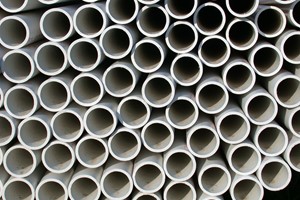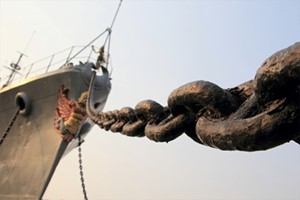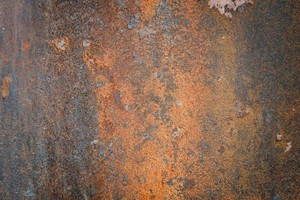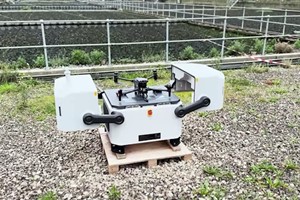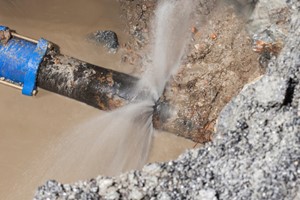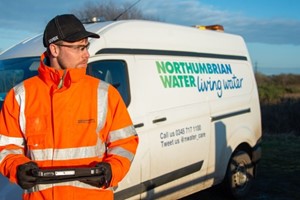Lead contamination in drinking water remains a public health concern. The Environmental Protection Agency (EPA) is proposing a multi-pronged approach to address this issue through the Lead and Copper Rule Improvements (LCRI). While lead service line replacement is a crucial component, the LCRI places significant emphasis on strengthening corrosion control measures within water systems.
Corrosion: The Culprit Behind Lead Leaching
Lead pipes aren't the only source of lead contamination. Lead can also leach from older plumbing materials and fixtures when water becomes corrosive. This occurs when the water's chemical balance disrupts the protective coating inside pipes, allowing lead to enter the drinking water supply. The LCRI focuses on preventing this process by optimizing water quality for corrosion control.
Optimizing Water Chemistry for Pipe Protection
For mid-sized water systems, the LCRI proposes that states establish optimal water quality parameters specifically for corrosion control. These parameters determine the ideal balance of minerals and additives in the water that create a protective barrier on the interior of pipes. By maintaining this balance, water systems can significantly reduce the risk of lead leaching, even if lead service lines are still present.
Early Detection, Early Intervention
The LCRI also proposes an updated tap sampling protocol for more accurate lead level assessments. This will allow water systems to identify areas with higher lead concentrations and prioritize corrosion control efforts in those areas. Additionally, a lower lead action level means quicker intervention when lead contamination is detected. This proactive approach ensures corrective measures are taken before lead levels rise due to corrosion.
Empowering Water Systems with Knowledge
The LCRI recognizes the importance of ongoing monitoring and data analysis for effective corrosion control. The improved sampling protocol and emphasis on optimal water quality parameters will provide water systems with the information they need to fine-tune their corrosion control strategies. This data-driven approach allows for continuous improvement and ensures long-term protection against lead leaching.
The Road to Safer Water
The proposed LCRI represents a significant advancement in preventing lead contamination at its source – corrosion within the water system itself. By optimizing water quality, implementing stricter lead action levels, and providing water systems with better data, the LCRI paves the way for a future with safer drinking water for all communities.
By Christa Campbell








